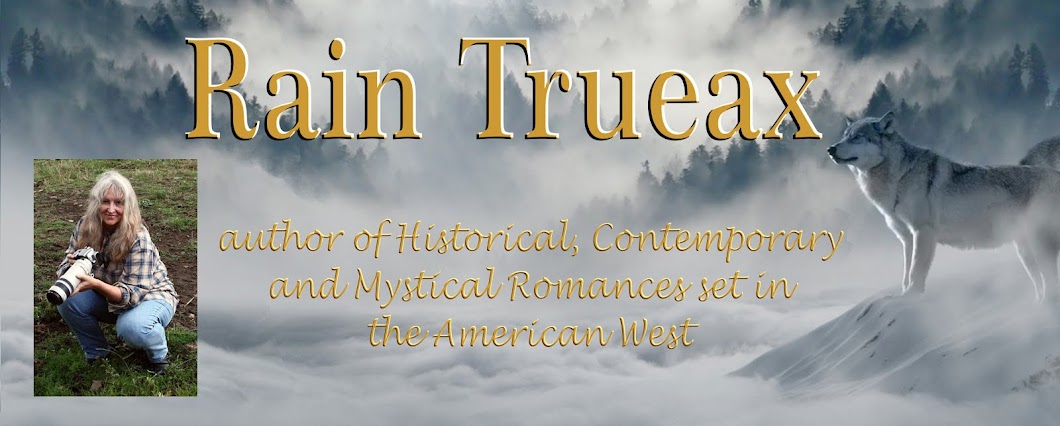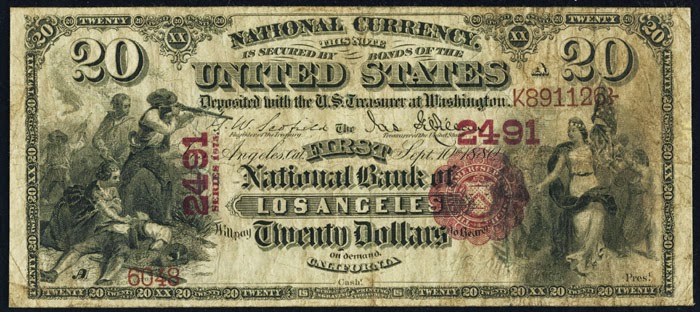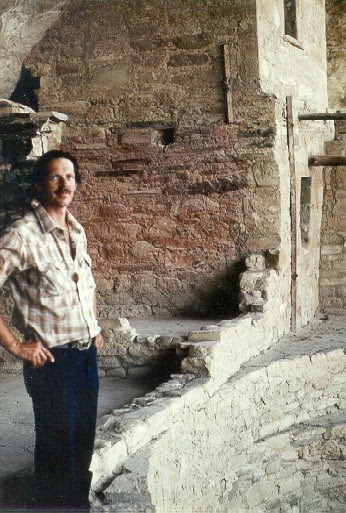Writing a full-sized book involves a
lot of steps. I don't think they have to be in any set
order. I've started books with the first sentence, and all the rest was
in my head. I've begun with a character from an earlier book and given it time to come up with a love interest and plot. Anytime I start a book, I always know where it's going to be by the time I write The End. The events
along the way are the fun of writing and why I can't be in a big hurry.
Rushing makes it harder to hear the small still voice that says-- uh uh... not that way-- or had you thought about...
Writers refer to being a pantser or a plotter
with some a little of each, which is where I am-- although I
never do an outline. I do though put together character lists which help
with a series like my Arizona one. I write down birth date and place as part of defining a character. Especially in the old West, some states definitively helped explain who a person will be by what they experienced growing up. Birth dates
are important even for important secondary characters as some of them end up with a
story of their own.
Delaying starting the next full-length book has been-- write a novella, drive back from Tucson, Christmas, a routine medical matter, and a dental issue. That doesn't even include all the research that was going to be required.
In the midst of this, I was invited to join a writing blog. This is a group with about fifteen writers, who write about their books, their process, and their lives. I liked the idea of it because it is to promote romance writing--
Smart Girls Read Romances. I think romance writing is often disrespected, despite some very good writers in the genre. I was happy to be invited to offer a once a month blog. The complicated part was coming up with my first, which was to introduce myself...
There
is not much I dislike more than trying to define who I am. How do you
decide what matters most about your life-- even more so how that impacts what you write? When that blog goes up January
22nd, I'll put a link to it here for anyone who is curious as to how I did that... kind of. The following picture is going to be in it.
And then-- one
thing that had been bugging me, about the next Arizona historical novel, was lack of a title. I don't always know them before I start, but I wanted one to help me get a feel for what was coming. The complicating factor, for me, was that it's part of a series (well so is the current WIP, the novella). The earlier titles were
Arizona Sunset; Tucson Moon; Arizona Dawn... and... I needed it to fit with those first three but be distinct.
Then
there was the matter of a cover. While I was looking for the right
cover for the first Oregon historical, I was also looking for someone
who suited the hero of this fourth (as yet unwritten) Arizona book. I knew what the heroine
looked like. Being blonde, beautiful and slender, she was not difficult to find the right images.
The hero is
42 years old and frankly a lot of the photo sites offer much younger men, some not much more than boys. I actually thought I had found and bought the right one in December but he really looked too young. I was resigned to using him until I came across the perfect image to suit what I saw in my imagination. Even better when I found
her and
him in a clinch-- until i remembered the other three covers were a man standing alone with the clinch in the background. Back
to the sites.
You know a man 42 doesn't really look old by any means. He just looks assured, like he's been around, with a few lines by his eyes. My son is 45, and he still looks youthful, but he now has the assured confidence of a man. Still, this hero has led a very hard life. I wanted that to show in the image. He had to look old soul.
I finally found the right image and even in period costume. There had been another mature man, who I also liked, but they
had put him in a plaid shirt, and I was not sure when men actually
started wearing patterned shirts. Most clothing had been made in the family until 1850s
and even by the 1900s, with more stores and choices, there were
limitations on the kind of fabric available.
While trying to
find out if men wore shirts with plaid, I found something interesting
about the plaid in a tartan. After the Scots rebelled, England
made it illegal for them to wear plaid as a way to block the power of
the clans.
But a tartan wasn't the kind of fabric in this guy's shirt.
It was cotton and kind of madras in feel (based on the photo).
Historical readers can be pretty knowledgeable about details; so it
wasn't worth the possibility of using it and having a reader turn off
the book based purely on the cover being wrong for 1901.
So, I
have the cover for the book I have yet to write... with a few changes
possible (the moon may vary in size). I also have the title-- I think. Onto my bulletin board, I pinned up inspiring photos, many my own of the region where the majority of the story will be set. I still though need to do research involving logistics.
While creating this cover as a way to take breaks from writing, I finished the rough draft of the novella. Some do not think novellas exist. It is either short story or novel.
Stephen King said about novellas, "an ill-defined and disreputable literary banana republic" which clearly means they can be anything for form. Is that bad? King has actually written quite a few of them whatever he calls them. They were less popular when the only way to read a book was with paper. Now with the eBook, novellas and short stories are good for a quicker read when there is no time for a longer story.
Looking around, I found this used as a way to label stories by lengths; short story-- under 7,500 words; novelette-- 7,500-17,500 words; novella-- 17,500- 40,000 words; and novel anything over 40,000 words.
Where this will matter most is for the blurb. Readers can be irked when they find they bought what they thought was a full sized book and it is not.
Then I have one other thing to figure out. As I added the chosen cover for the novella to my folder of covers, I put a four with it to keep it in line for how it fits time-wise-- except it's not a novel. The fourth historical is slated to be a full length novel. How do I keep a novella lined up so readers know the order in which to read-- and what about the earlier short story, which came in between books two and three?
Even though this story, at about 20,000 words, ended up longer than I expected, (when writing, you do have to take the story to where it's required), I will still put it out at 99¢. Writers get almost nothing for a 99¢ book, as Amazon takes 70% of it. Still, it will introduce readers to what is coming in that next Arizona historical. The novella does stand alone as a slice of life with a romance of its own-- a rather unexpected one, I might add.
And, finally, my book,
Arizona Dawn, is book of the week on
Easy Chair Bookshop-- Book of the week check it out :)























